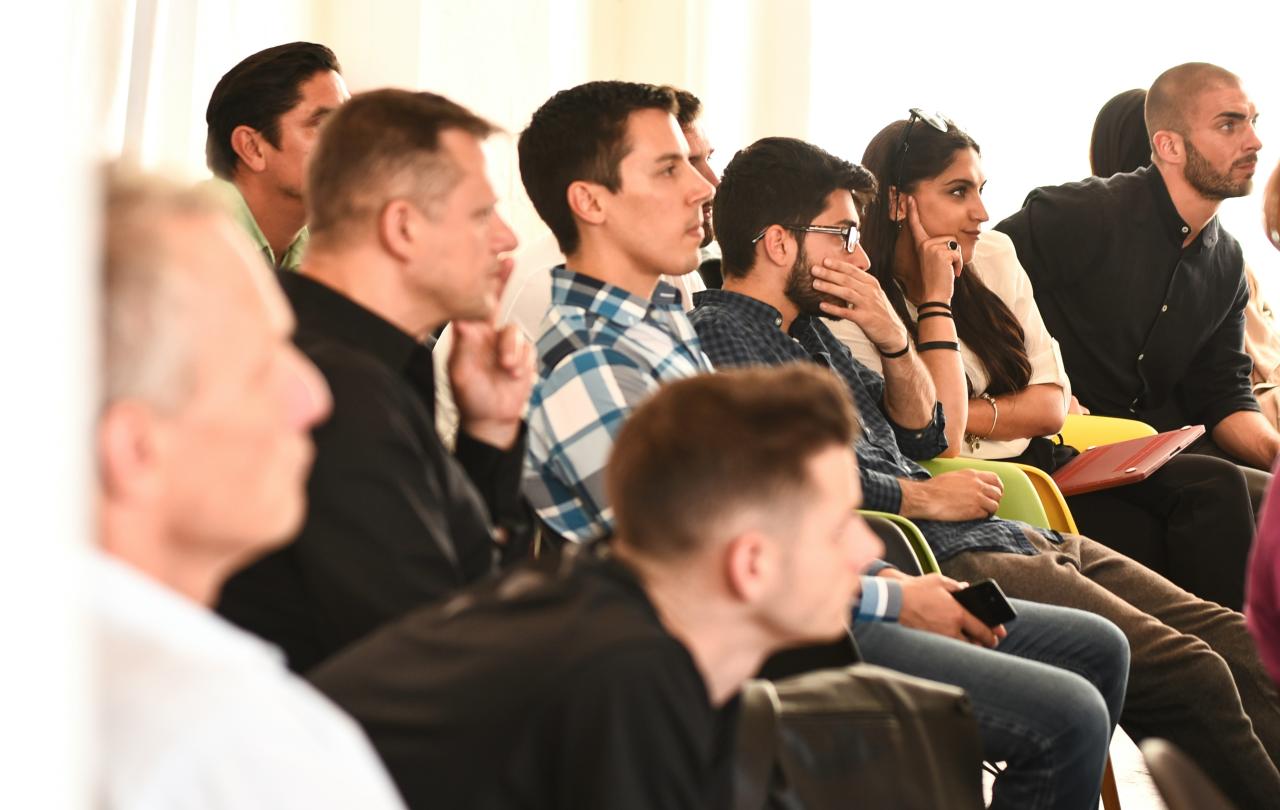
Bunnies, chocolate eggs, crocuses. It’s that time of year again. The dark bleakness of winter is giving way to life and colour as the soil warms. We finally feel sun on the skin, wake up to early dawns and longer days.
Across the world, festivals celebrate the coming of Spring. The Qingming Festival is a traditional Chinese carnival, also known as Tomb-Sweeping Day, observed by ethnic Chinese people across the world as a celebration of the new season. In the festival of Holi, Hindus across the world douse each other in brightly coloured powder or water, as a celebration of burgeoning love, and a prayer for a good harvest from the new growth in the land. The turning of the year, bringing new life, seems one of the most elemental forces in the universe.
In 1890, the Scottish anthropologist James Frazer published a book that was to become famous: The Golden Bough. It was one of the first works of comparative religion in an age which was gradually becoming more knowledgeable about the religions of the world. In it, he identified a motif in many of the world’s religions: the concept of a dying-and-rising god. He saw the pattern repeated in fertility rites connected to the annual renewal of nature from the ‘death’ of winter. Gods like Osiris, Tammuz, Adonis and Attis, Dionysus - and Jesus - were examples of the same pattern.
The turning of the year, bringing new life, seems to be one of the most elemental forces in the universe.
These days, you often hear a similar version of this account. Christianity, we are told, is another form of the same story found in so many religions. Christians just took over and erased the earlier annual celebrations with their own version. Christmas was just a replacement for Yule, the ancient pagan winter festival. Easter recalls Eostre, a spring goddess from western Germanic lands, whose festival took place in April, connected to the spring equinox.
Today, we have lambs, daffodils, young rabbits and eggs. All of them emerge at this time of year and are, for us, signs of the rebirth of nature. It always seems miraculous, that from the deadness of winter, life is reborn. No wonder the ancient pagans, and religions all over the world, for that matter, found ways to celebrate new life, and to endue this season with mythical wonder.
It was tempting for James Frazer to bracket Jesus as just another of these myths of the death and rebirth of nature, the dying and rising god. Bunnies, eggs, Osiris and Jesus were all symbols, pointing to the same thing – the annually repeated miracle of new life in the Spring.
Yet this misses the point of what the early Christians said about the Resurrection. St Paul wrote: “Christ has indeed been raised from the dead, the firstfruits of those who have fallen asleep.” His point was precisely not that this event was another illustration of the annual renewal of nature, the cycle of death & rebirth. It was something new altogether. It was the once and for all breaking of the cycle, spelling the end of death and its repeated power over us. Christ breaks through the dark wall of death so that millions of other can follow him through the breach into the light beyond it.
It was not another annual temporary suspension of the inevitability of death, it was the breaking of the power of death once and for all, pointing to its final defeat one day.
The Resurrection of Jesus was the ‘firstfruits’, like the very first crocus of spring, the first apple on the tree. It was like a man breaking the four minute mile, a human being walking on the moon. A barrier had been broken that had always seemed impregnable and nothing would ever be the same again. It was the beginning of an entirely new creation that will one day come into fullness. It was not another annual temporary suspension of the inevitability of death, it was the breaking of the power of death once and for all, pointing to its final defeat one day. The endless cycle of rebirth is suddenly folded out into a linear trajectory, pointing forward to the day when all shall be made new.
CS Lewis attributed his conversion at least in part to a conversation with JRR Tolkien which persuaded him that the story of Jesus – his incarnation, descent into death and resurrection to new life - was not just another example of the ancient myth of the renewal of the world, but was the thing towards which all the myths pointed – it was, as he called it in a famous essay, ‘myth become fact’. It’s worth quoting him to get the point:
Christianity is a myth which is also a fact. The old myth of the Dying God, without ceasing to be myth, comes down from the heaven of legend and imagination to the earth of history. It happens—at a particular date, in a particular place, followed by definable historical consequences. We pass from a Balder or an Osiris, dying nobody knows when or where, to a historical Person crucified (it is all in order) under Pontius Pilate.
Of course, there will be echoes of resurrection in the other faiths of the world. Of course there will be pagan figures who look like Christ. Rabbits and eggs are to be enjoyed not frowned on as they point to the one great miracle. They are to be welcomed, not disowned. Lewis’ point is that the Resurrection is both myth and fact – myth become fact. The Resurrection doesn’t just point to the rebirth of the world. It is the rebirth of the world.
Now of course, Christians can’t prove it. They can, to be sure, point to evidence that the tomb was empty, that the profound, world-shattering effect on the disciples and even the rest of human history can only be explained by something truly extraordinary. But you can’t prove an event that by its very nature breaks the normal cycle of cause and event, death and rebirth, proof and disproof. You can only believe it and then re-build your whole view of the world around it. As theologian Lesslie Newbigin put it:
“At the heart of the Christian message was a new fact: God had acted in a way that, if believed, must henceforth determine all our ways of thinking. It could not merely fit into existing ways of understanding the world without fundamentally changing them. It provided a new arche, a new starting point for all human understanding of the world. It could not form part of any worldview except one of which it was the basis.”
So, no, we can’t prove it. But we can at least do the early Christians the justice of acknowledging what they were saying and what they weren’t.
Because this is the central Christian claim – that the Resurrection is not a metaphor for something else – for the rebirth of nature in the spring, or for the fertility of nature. In fact, it’s the other way round. The rebirth of nature is a metaphor for the Resurrection. The Resurrection of Jesus is not an illustration of something else. It is the one thing of which everything else is an illustration. In the light of the Resurrection, the renewal of nature in spring is not yet another round in the endlessly repeated cycle of death, rebirth and death again, but it points forward to the day when “the trumpet will sound, the dead will be raised imperishable, and we will all be changed.”





